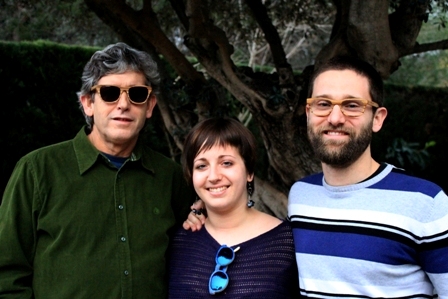Doctor Lluch. Years of Cholera in Valencia
Doctor Lluch was lucky, in the sense that, unlike his colleagues Doctors Alzheimer and Parkinson, his descendants didn’t have to live with the ignominy of his surname. Fortunately for him he didn’t discover an illness, but fought against one, an illness that desolated Spain and especially Valencia in the 19th century: cholera.
The first recorded cholera epidemic occurred in India in 1913 and first hit Spain in the port of Vigo in Galicia in 1833. The illness was brought to Spain by troops returning from foreign service and spread like wildfire.
The second epidemic arrived in 1865 through the port of Valencia.
The most serious of the six epidemics took place in 1885, with 120,000 deaths, 13,000 of them in Valencia, which together with the sixth and last in 1890 brought the total death toll in Spain to 800,000 people.
In 1971 and 1979 there were also minor outbreaks in Spain, which Franco’s government kept quiet.
Lack of information, large numbers of homeless people, the movement of troops during the Carlist Wars and the existence of so many walled towns, all contributed to the expansion of the epidemics in Spain. Several riots broke out and whole towns were from time to time evacuated.
Doctor Vicente Lluch Lliso was born in Bonrepos in 1849. In 1881 he started working for the Town Hall of Pueblo Nuevo del Mar, centred around what is now the district of Cabanyal for the princely sum of 750 pesetas per annum.
His tireless work among the temporary hospitals set up after the 1885 outbreak of cholera won him the respect of his neighbours. The ray of light that he brought to Cabanyal was extinguished however only five years later at the age of 41 and he was buried in the Cabanyal cemetery.
A year later a bronze bust was placed over his grave.
In 1917 it was first proposed that a street be named after him. This was finally achieved a short time later in 1976, no doubt after some strenuous debating among Valencia’s politicians.










Recent Comments